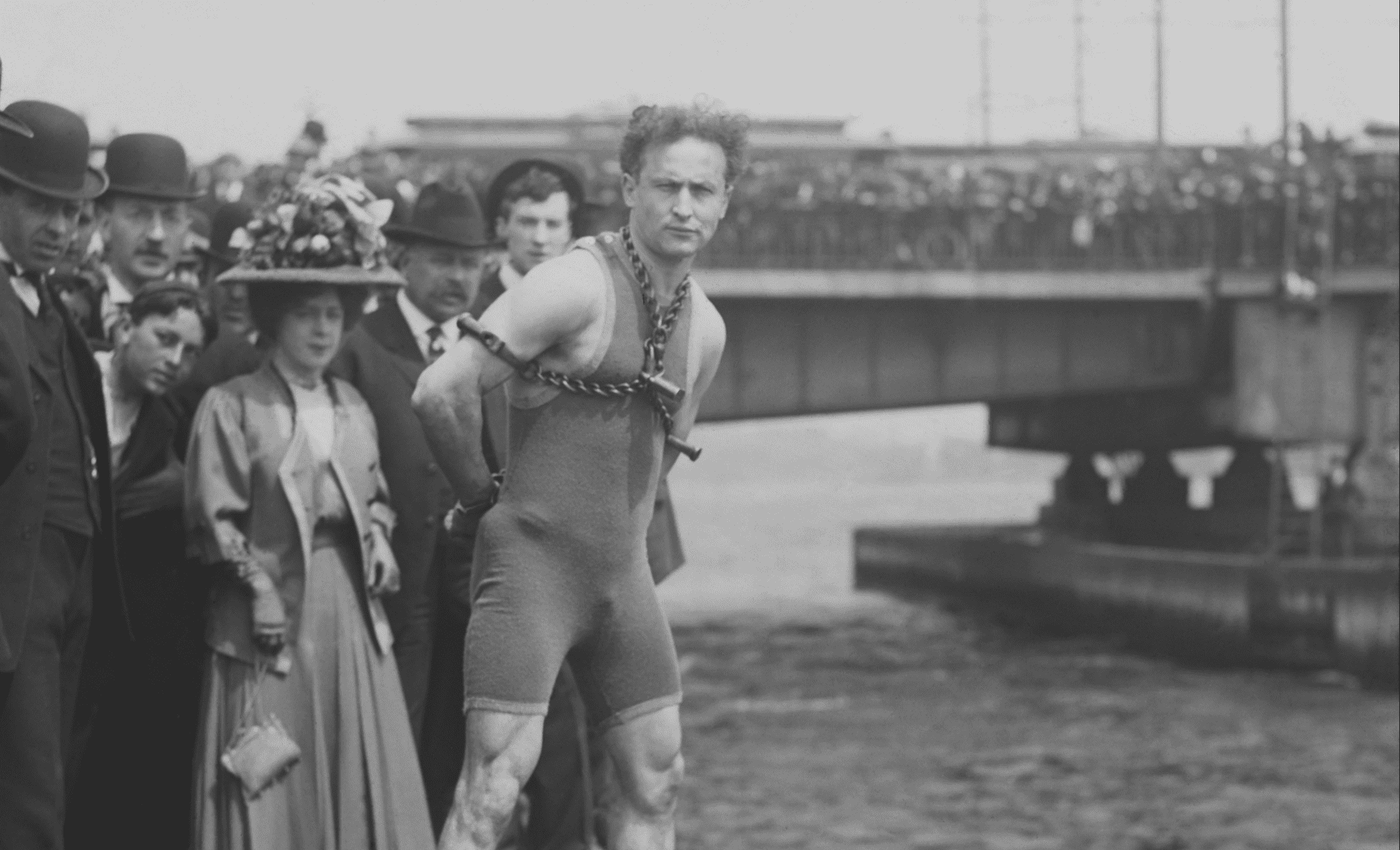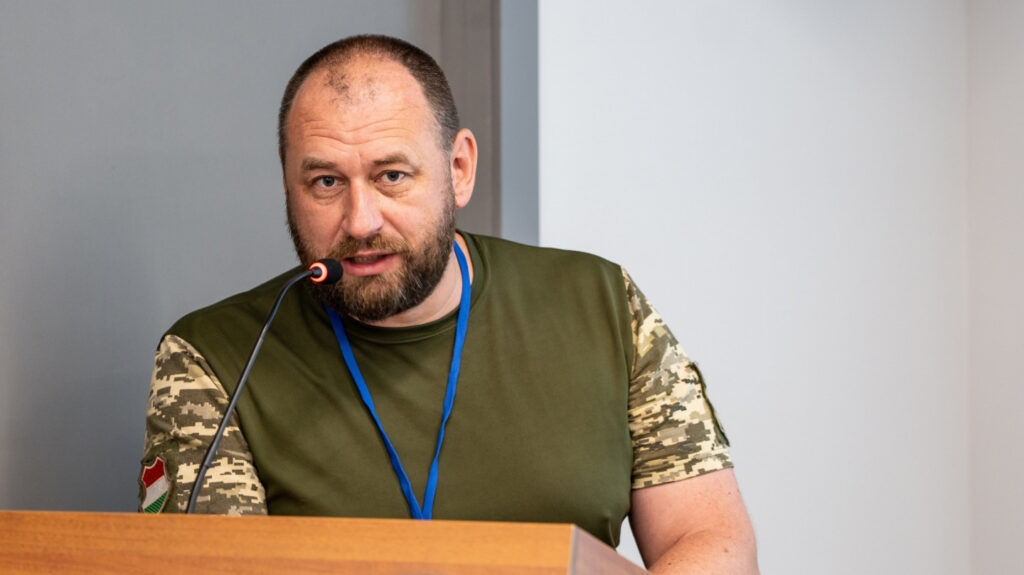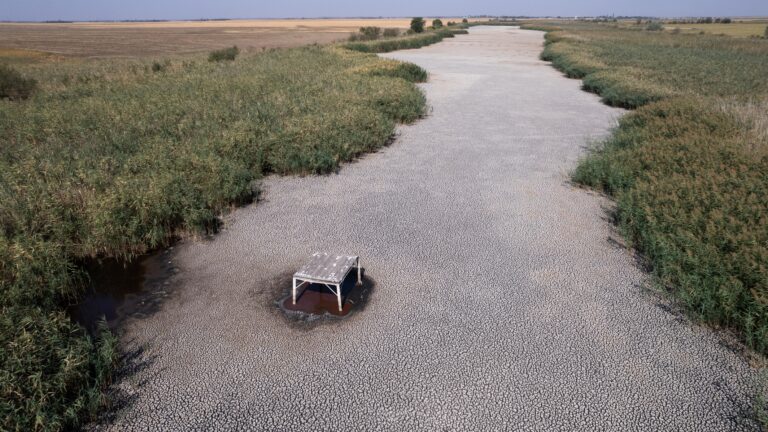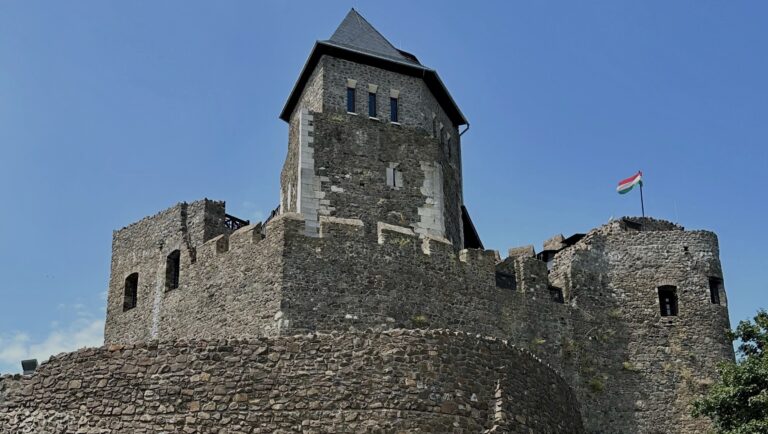Harry Houdini (1874, Budapest – 1926, Detroit) was an American magician and illusionist of Hungarian origin. He was born in Budapest on 24 March 1874 as Erik Weisz, son of a rabbi who soon after Houdini’s birth emigrated to the United States with his family. At a very early age, Houdini started to perform in circuses, first as a trapeze artist. In 1894 he married to Wilhelmina Rahner, who was his stage assistant throughout his career under the pseudonym Beatrice. In the 1900s he gradually became known across America for his sensational escape acts. His death-defying acts included extricating from shackles, ropes, and handcuffs. During a typical performance, he would be chained and locked in a box that was dropped into deep water. Just seconds after the box submerged, he would emerge from under the water, free of all the shackles, to the great amazement of the thousands of people who would watch the act.
Houdini’s most famous and daring act was known as the Chinese Water Torture Cell. He first performed the act in 1912, but it was such a crowd-pleaser that he kept performing it until his death in 1926. As part of the act, first he was suspended by his feet upside down. With his feet locked in stocks, he was submerged into a glass cabinet full of water. To make the challenge even more difficult, the cabinet had a cage in it, which made Houdini unable to turn around. To escape from the torture cell, he had to hold his breath for more than three minutes. It was commenting on such death-defying acts that George Bernard Shaw allegedly said: ‘The 3 most famous names in history are Jesus Christ, Sherlock Holmes, and Harry Houdini.’
Modern technology, especially the spread of the motion picture also greatly contributed to Houdini’s international fame and popularity as his acts were regularly filmed between 1916 and 1923. In one of these short footages filmed in 1907 (you can watch it below) you can see Houdini being first handcuffed by a policeman, then jumping of a bridge. Just seconds after sinking into water, to the great relief of the massive crowd that gathered in Rochester to watch him perform, he bopped up to the surface, free of his shackles. Besides short newsreel footages of his stunt acts, Houdini was also engaged in producing a series of motion pictures featuring his performances. As a testimony of how popular Houdini still is, in 2008 Kino International collected the films of his most famous acts which continue to stun audiences to this day.
Similarly to French magician Jean-Eugène Robert-Houdin (1805-1871) who is known to be the father of modern conjuring, and who inspired Houdini’s stage name, Houdini also used his fame and knowledge of the circus to try and convince people that psychics and mediums are charlatans. Houdini argued that the tricks mediums and necromancers use to deceive people are essentially similar to his acts. But instead of using their physical strength to fascinate people during the performance, the ones who claim to possess supranatural powers build on their understanding of human nature to captivate their audience. To uncover the deceits of mind readers, mediums and psychics Houdini wrote two books: the Miracle Mongers and Their Methods in 1920 and A Magician Among the Spirits in 1924.








